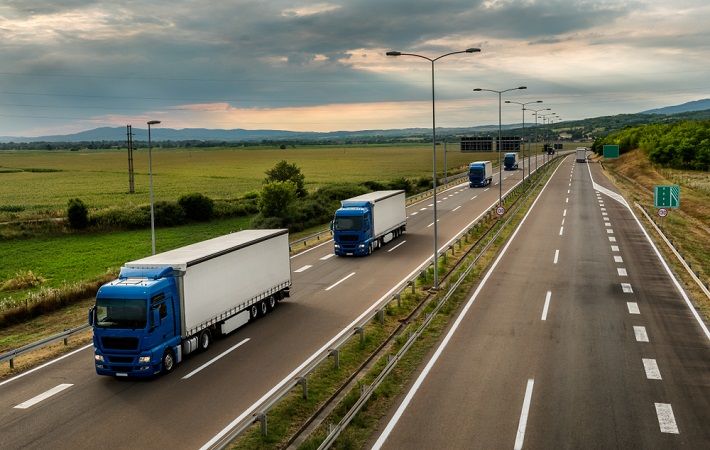
TEG offers business-to-business software as a service and marketplace platforms for transport and logistics.
As in previous years, the price-per-mile dropped following the traditional surge for Christmas, having decreased by 13.5 points from December to January. But 2022 still kicked off with the highest January prices for haulage and courier vehicles since the TEG index began in 2019.
This comes as prices soar across the economy, with interest rates increasing for the second time in three months and widespread worry about the continually rising cost of living.
With inflation foremost in the minds of both logistics professionals and businesses alike, Lyall Cresswell, CEO of Transport Exchange Group notes other trends set to impact road freight prices this year.
Lyall Cresswell highlights the role that outgoing cabotage rules and other, new rules will play. “Cabotage rules were changed to ease a shortage of drivers and supply chain disruption, allowing international companies to send lorries with foreign drivers to the UK to make unlimited deliveries in a 14-day period,” he said.
“Previously, cabotage rules only allowed international drivers to make two cabotage journeys within seven days of entry into the UK. This will again be the case when cabotage rules revert back in May, reducing the number of loads international drivers can carry. This will not, of course, help the driver shortage. In addition, cabotage loads are priced lower, so less of them means higher costs all round.
“Significantly, new regulations in May will mean smaller vehicles (between 2.5t and 3.5t) will require an operators’ licence. This requirement for international goods vehicle operator licences for carriage of goods previously only applied to larger vehicles, therefore this rule extension is another big industry change that we’ll soon see reflected in the TEG road transport price index. Businesses transporting goods between the UK and the European Economic Area will need a licence from May, adding to costs for a great many firms,” he further said.
Lyall Cresswell cites the growth of the on-demand economy as another driver of supply chain costs. “Platforms like Uber started the real upscaling of the on-demand economy, but now we’re seeing the rise of ultra-fast, hyper-local grocery delivery. There is fierce competition in this space, particularly since lockdowns made us dependent upon these services,” he said.
“This growth has put immense pressure on the transport and logistics sector to meet demand, recruit quickly and adapt to new technological requirements. Needless to say, this has contributed to rising costs in the sector for some time now,” he added.
Fibre2Fashion News Desk (DS)